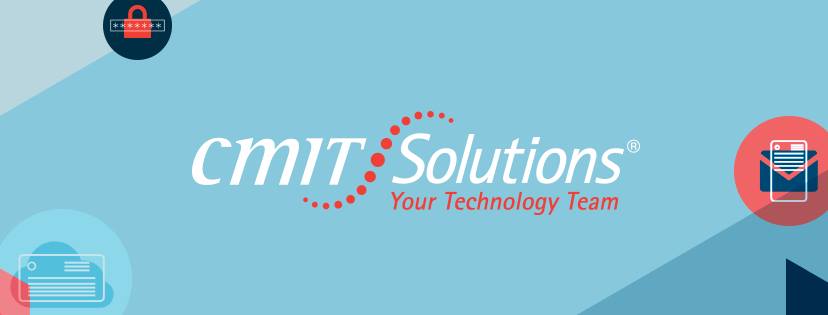So what's a safe Web surfer to do, short of unplugging the computer and conducting all correspondence by a carrier pigeon?
1. Stay vigilant, no matter what application you're using. Hackers are hip to new media and won't hesitate to use Twitter, Facebook, Myspace, or instant messaging to get to you. If you wouldn't click on a strange link in email, don't click on it in Facebook.
2. Expect spam and phishing to spike around holidays or major events. If a celebrity just died and you get an email containing an attachment purporting to be video of that celebrity's death -- some good advice is - DONT open it.
3. Read your email with a VERY skeptical eye. One of our clients was recently contacted by a service that said it was investigating another company's registration of a domain under our client's name. They were obviously phishing for information about our client. That email went straight to the trash, no response.
4. Know how to spot a zombie. If your computer sounds like it's running all the time but processing has slowed to a crawl, or you find returned messages in your inbox responding to emails you've never sent-- your computer might well be a part of a bot net.
5. Be wary of warnings. The last few years have seen a huge upswing in false alerts for spyware and virus infections. Users are prompted to install a "free anti-virus" or "spyware removal tool." Those who click "OK" to install the program instead install more spyware.
This Halloween, remember -- you'll probably get a few Halloween related spam, an invitation on Facebook, a suspicious inquiry from an overseas firm, and maybe even a pop-up or two. The best thing you can do is ignore all of this and run another back up of your files. Do a full system scan, and update your antivirus/anti-spyware protection with the latest definitions.
CMIT's marathon service automatically runs system scans and security updates, so you never have to worry about being up to date. To learn more about CMIT Marathon, go to cmitsolutions.com/marathon.










